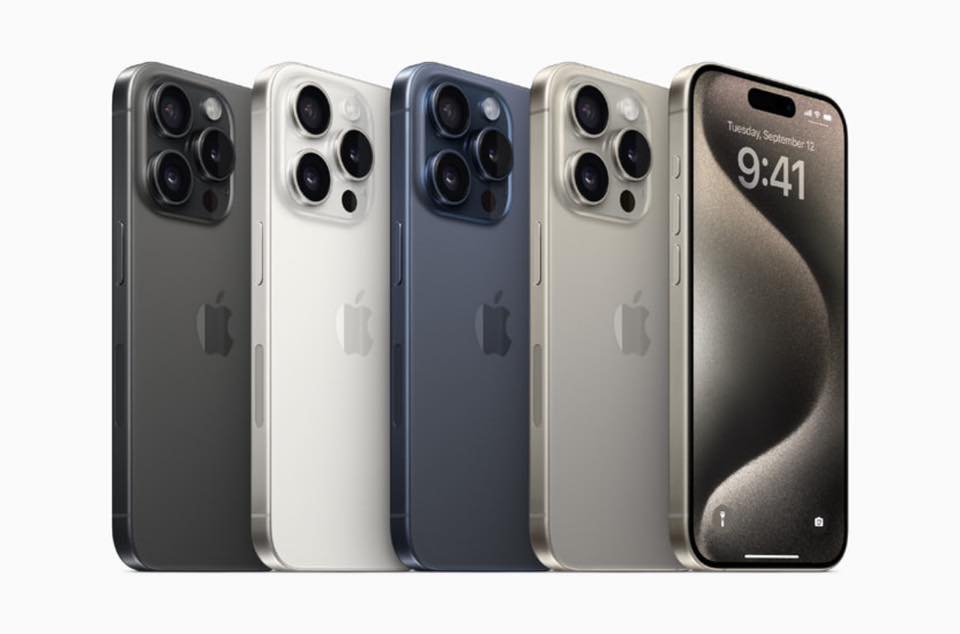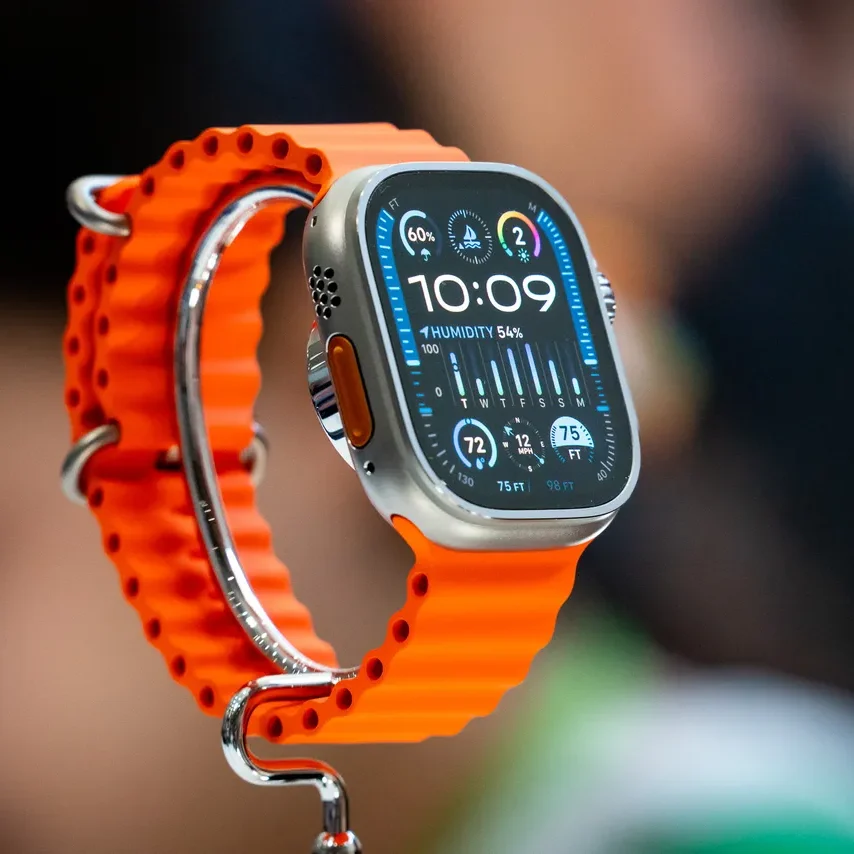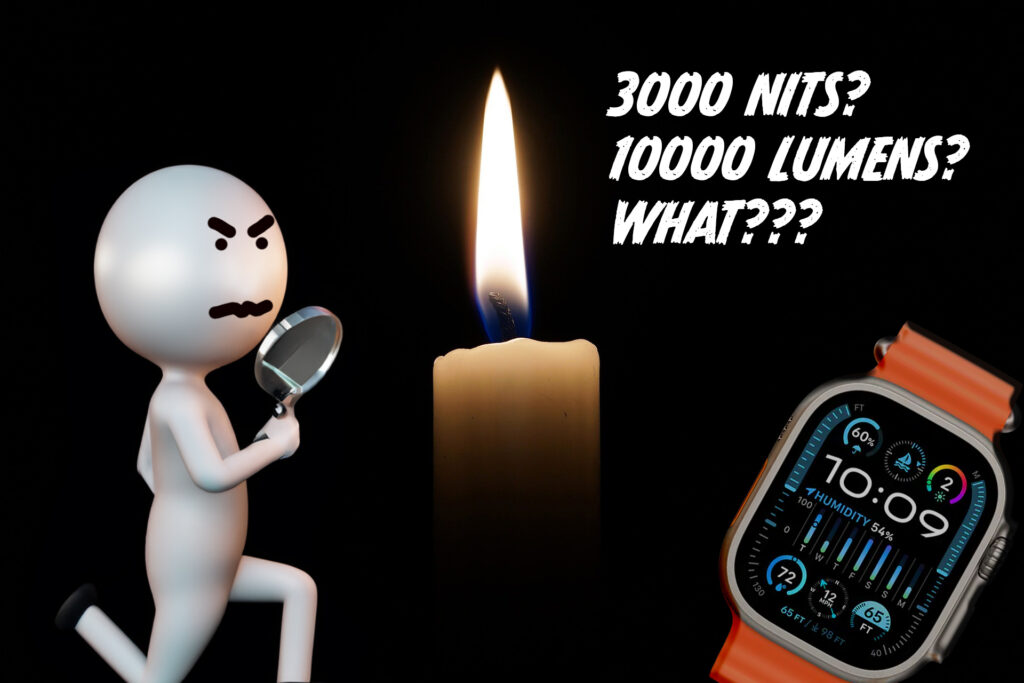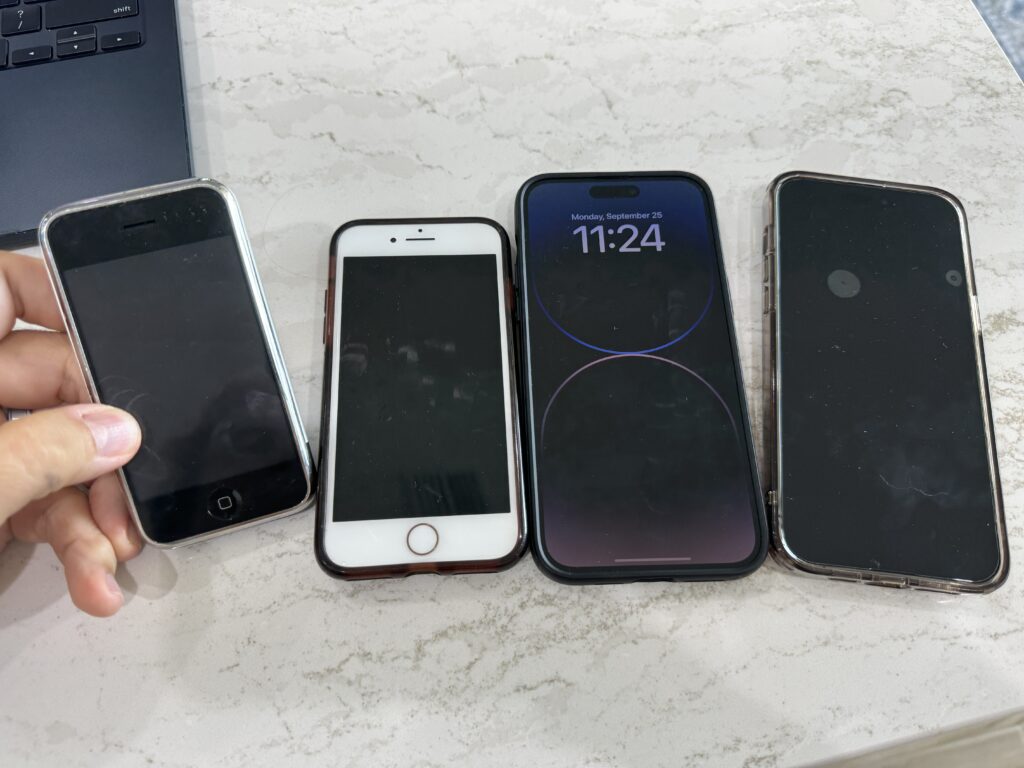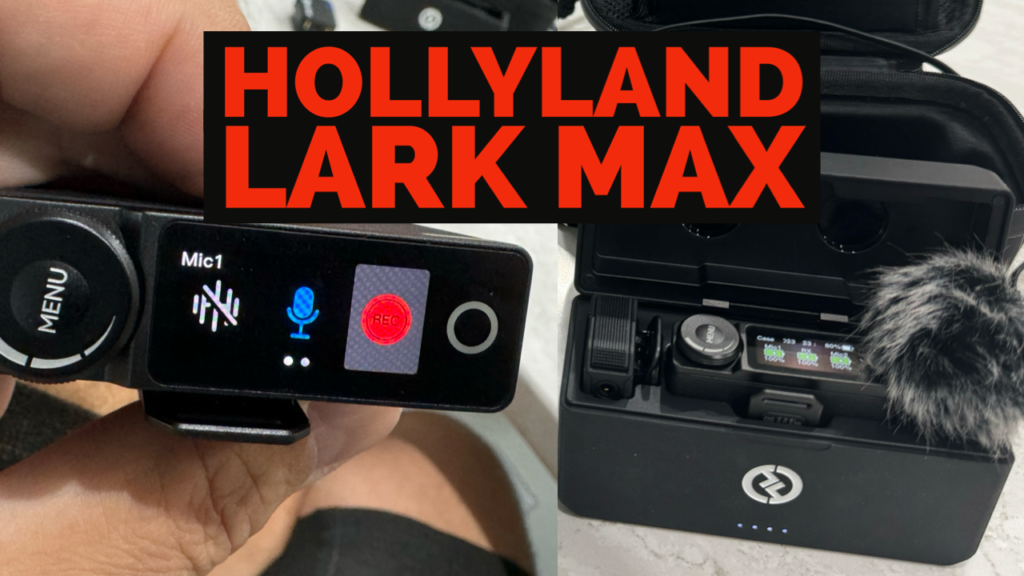Some of the worst advice I’ve ever received as a professional voice actor was about microphones. Many leading voice talents and producers in the business insist you must have at least a $3000 Neumann U87Ai. But I have learned that’s not necessarily true. The power of digital processing and mic modeling blurs the lines between “studio quality” microphones and budget microphones. I have fooled a lot of professional producers with budget microphones! So let’s talk about the best budget microphones for voiceover artists.
I’m not going to lie, it was a struggle to break into the voiceover business. As a former Fortune 500 marketing manager, I had the opportunity to meet with quite a few legendary announcers in the 1990s. There was one consistent piece of advice they all told me – “Don’t become a voiceover guy.” The reasons were many, including low pay, long hours, zero recognition, and a constant hustle to find work. “Get on-camera,” they all advised. Yet, as a prominent radio and nightclub DJ, I still felt a voiceover career was my calling. There’s something incredibly cool about fixing a cup of coffee and working from home in your pajamas. Fortunately, I was able to eke a comfortable living in the voiceover field.
I haven’t admitted this publicly until now, but in my early days, I lied about my equipment and recorded hundreds of radio commercials and a Super Bowl television commercial with a $99 Shure SM-57 microphone. And no one could tell the difference. After several years of success in the voiceover business, I have upgraded to pricey Neumann and Sennheiser mics. (they’re actually the same company now). But once in a while, I’ll record something with a budget microphone and not tell my producers. They’ve never once called me on it. You can probably pull this off as well.
What are the best budget microphones for voiceover artists?
If I had to do it again, there are several better microphones available for budding voiceover talents. In this article, let’s talk about two of my favorite budget microphones for voice actors. Before we begin, let’s discuss two important things.
Noise is your number one enemy. Fan noise, air handlers, air traffic, diesel trucks, and the low-IQ fanboi with the Subaru WRX who drilled a hole in his muffler can create nightmarish situations while attempting to record narrations or audiobooks. It is extremely difficult and expensive to completely treat or soundproof a room. Sure, you can drape as many moving blankets and egg crates as you can fit into your space, but you will learn they won’t filter a lot of the most annoying low frequencies. There are sound booths, but most commercial-grade double-walled sound booths exceed $12,000 for a tiny room that feels a little like a vertical coffin.
To avoid noise on a budget, you’ll need to find a quiet spot. Fortunately large, formal analog studios are quickly becoming obsolete. Modern analog to digital interfaces like the Shure MXV2U are small, USB bus powered, and can go virtually anywhere with you. There is no shame in recording in a remote closet, your car, or even an unoccupied office if you need to. I have done it.
Secondly, the type of microphone you choose and make a difference. We talked about omnidirectional and cardioid microphones in this video. For voiceover, avoid omnidirectional pickups. Cardioid pickup patterns reject a lot of unwanted noise. Hyper-cardioid pickup patterns are even better. No, they won’t reject everything, but it’s a little easier to remove a little noise in post if there’s not an excess of noise recorded.
So here are two excellent budget microphone choices for voiceover talents.
SYNCO Mic-D2 Shotgun Microphone with a Hyper-Cardioid Pickup Pattern
I made the mistake of purchasing a Sennheiser MKE-600 to try and save a few dollars on their MKH-416. I thought, surely the MKE-600 would be an excellent microphone, maybe just a step below the 416. Huge mistake. The sound was noisy and simply terrible for both filming and voiceover. I sold it and bought an EV-RE320, which I used for about two years as my primary microphone. I later upgraded to the Sennheiser MKH-416 and realized the rumors were true. The sound is very impressive, with bright tones, low plosives, little sibilance, and very little noise. The MKH-416 was my primary voiceover microphone for the next two years.
Traveling to visit family in Alabama last Christmas, I realized I had forgotten to pack my 416, which is now my travel studio mic. I stumbled on the $139 Synco D2 based on an Amazon recommendation and became curious. The Synco arrived the same day – kudos to Amazon for developing miracle logistics that made this possible. I connected it to my Shure MXV2U interface and recorded a few lines to test it. I was immediately smitten. The recorded audio was crisp and clear with no filters, and my producers were perfectly fine with the recordings it produced. You can hear it for yourself! Check out the audio recorded in an untreated space through the Shure MXV2U interface directly into my iPhone in this video:
The Synco D2’s hyper-cardioid polar pickup pattern is highly sensitive to directional sound. It records only what’s in front of it, which is your voice. The box says the D2 effectively attenuates off-axis sound with up to -18dB of reduction. Since logarithmically, -6db is about half the audible sound, it reduces unwanted sounds by half three times over. In English, the D2 successfully rejects a lot of sound you don’t want to record.
The D2 has an ultra low noise floor at 12dB (A-weighted), 24dB (CCIR 268-3). The 416 reports 13dB and 24dB, so it’s quite similar. The signal-to-noise ratio is 80dB, comparable to Sennheiser 416’s 81dB, falling squarely within broadcast microphone performance. The frequency response range of the D2 is the full audible spectrum from 20Hz through 20kHz. Sennheiser’s 416 misses some low dynamics, capturing 40Hz and up. Not a huge deal, but definitely notable.
The D2 is made of solid brass, which is good for rejecting RF interference when recording in an area with a lot of radio waves. Radio interference can cause hums in your recorded audio. Unlike the Sennheiser 416, the Synco D2 sports a black speckle finish that almost looks like a mistake. Not really sure what that’s about, but it doesn’t affect the performance.
Amazon Prime members can have this delivered to your doorstep in a day or so, or maybe same day like mine was. Use our Amazon affiliate link to help support our blog and YouTube channels (THANK YOU!): amzn.to/47k818F
Electro-Voice RE320 Large Diaphragm Dynamic Vocal Microphone
For voiceover artists who do a lot with video or streaming, the $299 Electro-Voice RE320 looks like a legitimate radio station microphone. I actually saw them on an ESPN broadcast recently. Their radio look is no coincidence – EV’s RE320 is a lower cost facsimile of the legendary RE20, a radio microphone I used while on air in the 1980s, and still widely in use today. The EV RE20 and RE320 are both unidirectional dynamic microphones with a large diaphragm. The RE20 has a flat response, while the RE320 has a wider frequency response and higher output level. The RE320 also has a dual-voicing control, making it two mics in one. The RE20 is better for post processing, while the RE320 is better for a brighter sound up front.
The construction of these microphones is almost the same, both featuring a heavy steel body with substantial weight. The microphones feature vents that support something called “variable D” technology, which I believe reduces proximity effect, but who knows. I was still able to generate some proximity effect when I needed to, like in movie trailers. The RE320 and RE20 models include a high pass switch. A high pass switch is a type of filter helps to eliminate unwanted low-frequency sounds such as rumble, handling noise, wind noise, or background hum. By removing lower frequencies that are not necessary for a particular sound source, a high pass switch can help to clarify and clean up the audio signal, making it sound crisper and more focused.
Their frequency responses differ considerably. The RE320 has a slight bass enhancement of 1dB between 150 and 250 Hz, followed by stable mid-range frequencies. It features a notable presence and treble increase from 3.5kHz to 10kHz, and then reduces higher frequencies. The RE20 maintains a more even response, steady from 70Hz to 400Hz, with reductions up to 5kHz, then a rise up to 12kHz before gradually diminishing higher frequencies.
In terms of performance, these microphones exhibit distinct characteristics. The RE320 is bright with notable presence and treble boosts, making voices stand out. Most voice actors and producers consider a brighter sound better for voices than the more flat, dull sound you’ll find in the RE20. This means less work in post-production. For $299, it’s an one of the best budget microphones for voice actors. Available on Amazon here: https://amzn.to/3S0wCec
Oh, and pick up the desk stand too. It’ll help remove desk noise and rumbles. It’s an additional $100 but well worth the investment. On Amazon here: https://amzn.to/3RCOgmZ
Disclosure: This post may contain affiliate links, meaning I get a commission if you decide to make a purchase through my links, at no additional cost to you.

